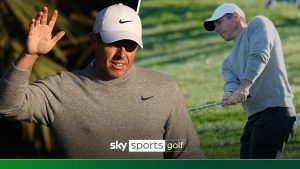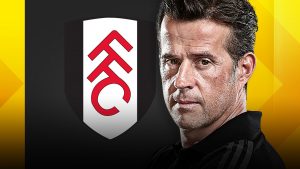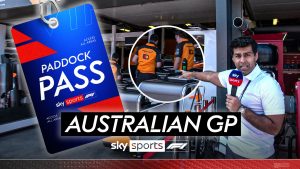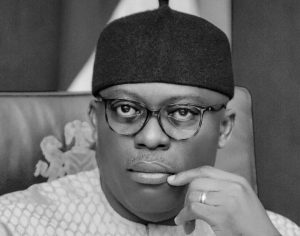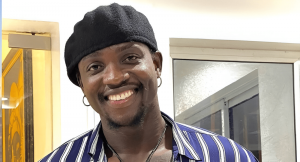Leaders chart path back to playing fields for amateur sports
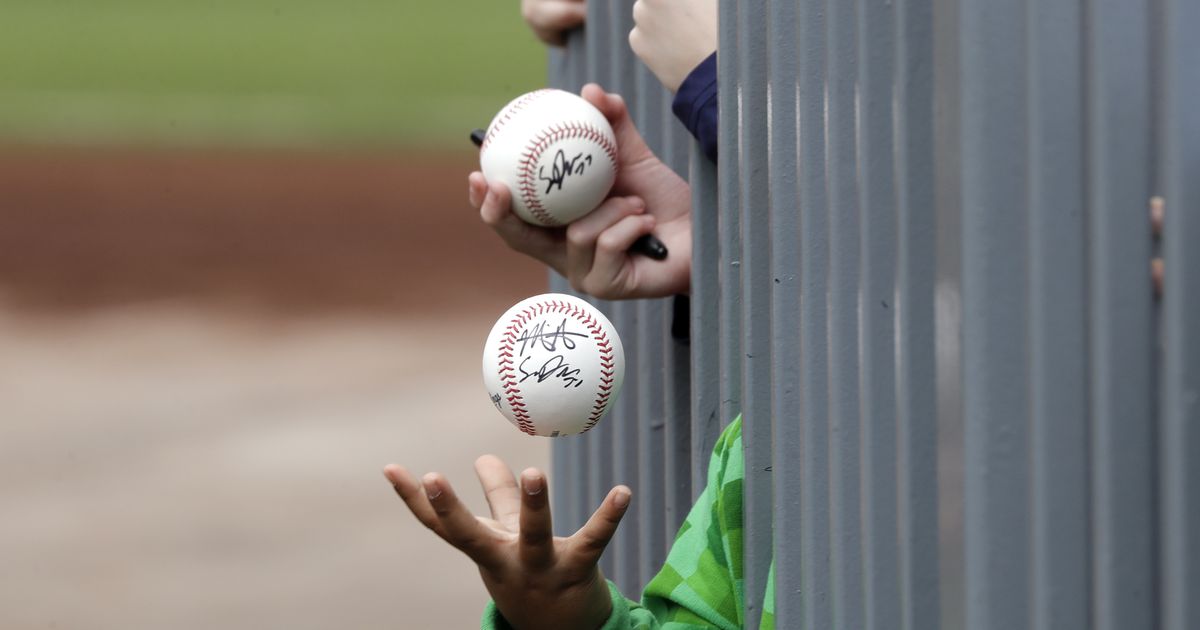
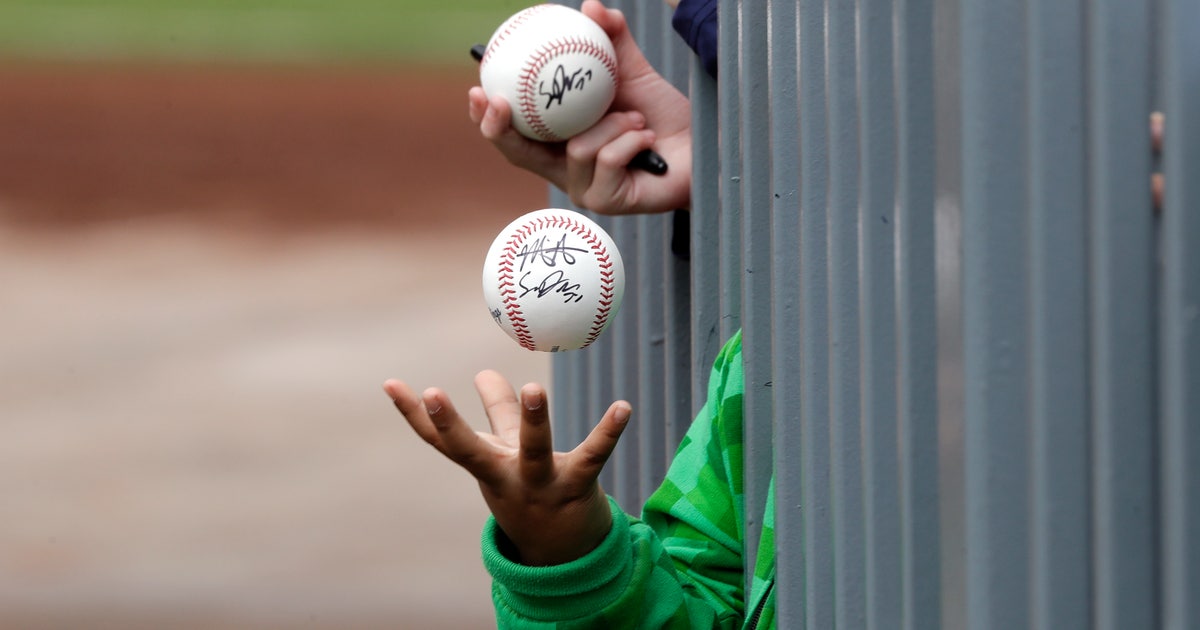
Doctors, scientists and sports leaders are outlining the path back to playing fields for children in grassroots sports — an exercise that will help inform major organizations on how to get their industries up and running as well amid the COVID-19 pandemic.
From New Zealand to Austria to the northwest corner of Utah, leaders are releasing regulations that have potential to impact everything from workouts at gyms to youth baseball leagues to elite-level training with an eye on the Olympics.
The U.S. Olympic and Paralympic Committee distributed a seven-page set of guidelines of its own this week that called on participants to “self-monitor for symptoms of COVID-19 twice daily,” as one of several steps in a multilayered return scenario.
“In addition to the logistical challenges of returning to training following COVID- 19, there are also ethical and societal considerations that are beyond the scope of this document,” USOPC chief medical officer Jonathan Finnoff wrote in a nod to the uncharted territory that all sports are trying to negotiate.
The guidelines are being developed as some major pro leagues, including the NBA, target return-to-practice dates, while others, such as Major League Baseball, float ideas about starting or resuming their seasons in upcoming weeks. All these plans need some sort of signoff from health and government authorities, who themselves are looking at models of what sports will look like on a grassroots level — a calculation that has potential to impact decisions all the way up the chain of sports.
All entities are developing their plans with the knowledge that lives are at risk and that a single outbreak among teammates or training partners has the potential to shut down a facility — or derail an entire season.
The guidelines reviewed by The Associated Press had several things in common:
— All returns will begin with individual training or in very small groups.
— Very few spectators, if any, will be allowed. The USOPC also released a 13-page guide about sports event planning that asks, among other questions, “Can the financial risk be mitigated through means such as event insurance, establishing financial impact timelines for cancellation, reschedule the event for a later date, or negotiate a contract that limits negative financial impact?”
— Almost every participant will be subject to temperature checks and some sort of verification that he or she is healthy and hasn’t been in recent contact with anyone who has COVID-19.
— Participants will be grouped in ″bubbles″ — allowed to train with a specific group of people that will not change until restrictions are relaxed further.
— One key facet will be keeping track of it all — a role that private groups such as Utah-based Great Coach are trying to fill by offering apps, blogs and other online solutions that will help monitoring.
“The governors and president can say what they want, but when it comes to kids and amateur sports, the only way it’s going to happen is when parents feel like it’s safe for their kids to play again,” said Great Coach founder Bill Kerig, who estimates 45 million children participate in recreational sports across America.
A few test models are developing in Utah, where health authorities in the Logan area recently put out detailed guidelines of circumstances under which fitness centers can reopen, while organizers around Park City also try to develop scenarios for a return to play.
“The way we approach things is going to be driven by governmental restrictions and the easing of those restrictions down to the county level,” said Luke Bodensteiner, who coordinates youth sports programs as part of Utah’s Olympic Legacy Foundation.
Similar lists of best practices are emerging from points across the globe, all tailored to their specific locales and, in some cases, to specific sports, as well.
The U.S. Tennis Association, for example, released a detailed list of suggestions for grassroots players to return safely to the court. Among them: To avoid possible contamination via tennis balls, players should use their own individually marked set of balls to serve and should use their racket — no hands — to pass the other balls back to their opponents.
New Zealand’s national sports authority released a detailed flowchart last week outlining what sports and recreation would look like under four “alert” levels the country is using to define the stages of return from COVID-19.
Austria’s ski team put out its roadmap back to training, which will involve extensive health checks and individual training followed by work in small groups.
But, as Finnoff wrote in his preamble to the USOPC training guidelines, there are no one-size-fits-all answers to any of these questions.
“As a guideline meant to be used by sports as varied as archery and wrestling in locations as diverse as Minot and New York City … this document cannot be prescriptive,” he said. “Rather, it should spark thoughtful deliberation among athletes, coaches and staff, who will use this information to create their own unique return to training plan that is specific to their situation.”


